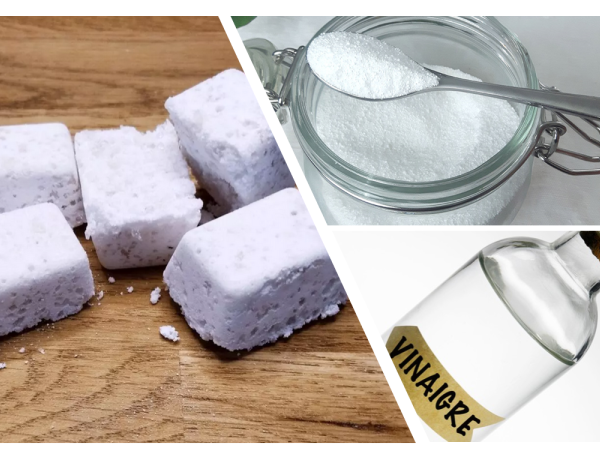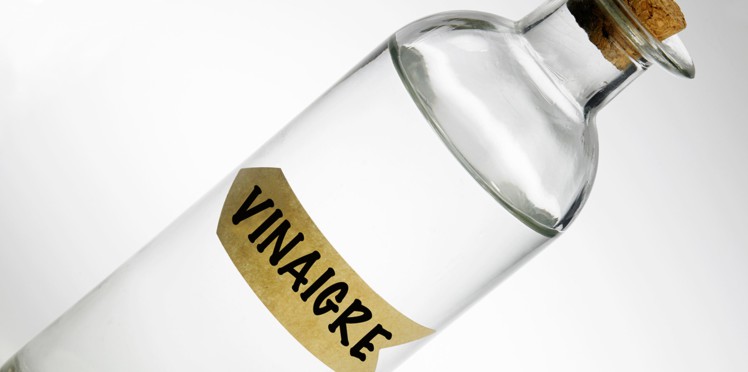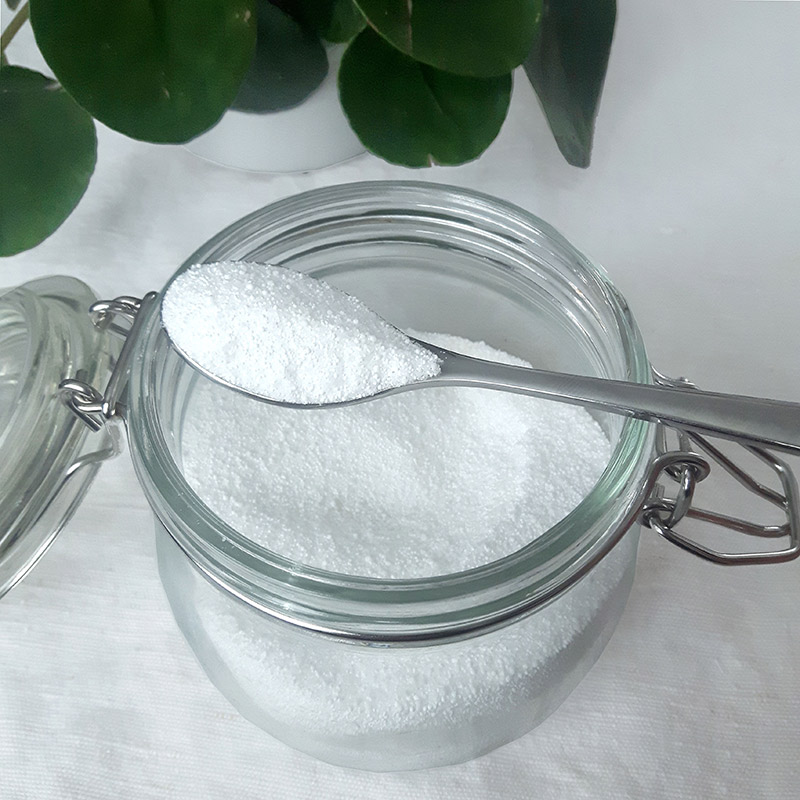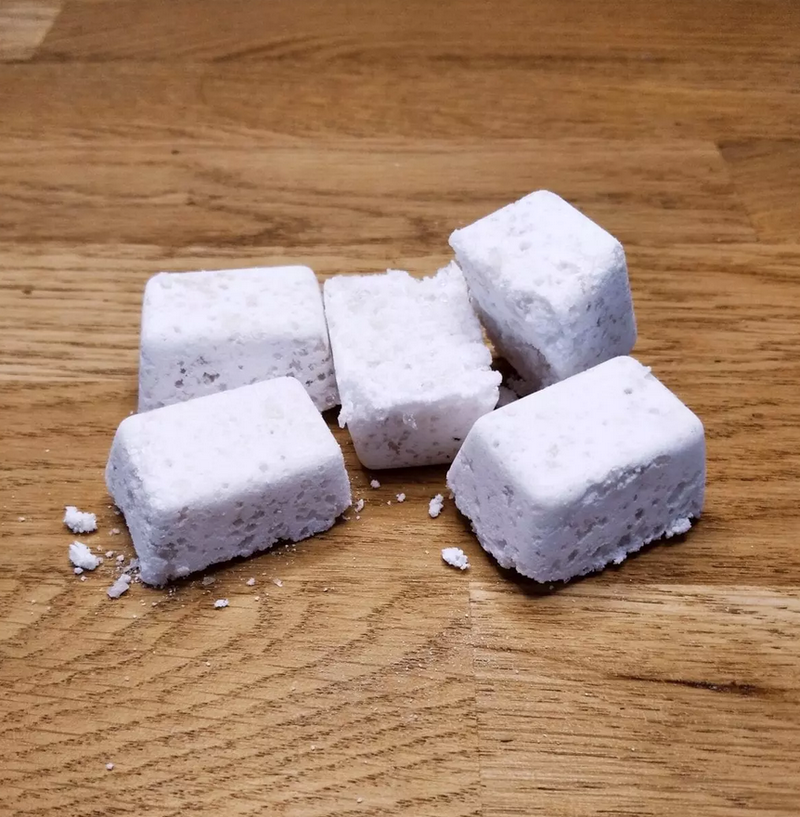(Page créée avec « For light descaling (or with a little patience), white vinegar is enough on its own! ») |
(Page créée avec « Pour a little vinegar into the drain or toilet bowl. Scrub if possible, then leave for 30 minutes or overnight (the longer you leave it on, the better). Try scrubbing agai... ») |
||
| Ligne 56 : | Ligne 56 : | ||
|Step_Content=For light descaling (or with a little patience), white vinegar is enough on its own! | |Step_Content=For light descaling (or with a little patience), white vinegar is enough on its own! | ||
| − | + | Pour a little vinegar into the drain or toilet bowl. Scrub if possible, then leave for 30 minutes or overnight (the longer you leave it on, the better). Try scrubbing again, then pour in water and flush. | |
Version du 2 août 2024 à 14:27
Description
Here are a number of recipes, from the simplest to the most complex, for unblocking and maintaining your drains, so that you can find the one that suits you best. All the recipes are 100% natural, biodegradable and without health risks.
Matériaux
White vinegar
Optional:
- Citric acid
- Baking soda
Outils
Optional: ice cube tray or egg carton for moulding pellets
Étape 1 - Description of ingredients
White vinegar, otherwise known as spirit vinegar, crystal. It is a 100% natural and biodegradable product with a pH between 3.5 and 5 (acid) with approximately 12% alcohol obtained by macerating an aqueous solution of at least 6% acetic acid (often from beet ethanol). It evaporates naturally without risk (except for a slight and temporary irritation of the throat and eyes if you are in a small space).
Cost: around 0.40€/L, prefer to buy in the food vinegar section (avoid the household section as it is often more expensive and flavoured).
Properties: More info and G culture here
- Degreaser,
- Deodoriser
- Preservative (thanks to the acid pH),
- Antiseptic, disinfectant, antiparasitic, antibacterial, antifungal (thanks to the acid pH)
- Descaler / anti-scale (the acid reacts with the limestone to make it disappear in an acid-base reaction causing heat and CO2 bubbles),
- Corrosive to limescale surfaces (can damage wood and plastic in high doses).
Sodium bicarbonate, otherwise known as sodium bicarbonate, sodium hydrogen carbonate, sodium hydrogen carbonate, sodium hydrogen carbonate, monosodium carbonate, sodium bicarbonate, soda, baking soda or natrum bicarbonatum. A fine white powder similar to table salt or talc with a pH of 8-8.5 (base). Made from limestone and salt, bicarbonate is naturally present in the body and is harmless to health. It does not emit fumes or evaporate.
Properties: cleans, scours and deodorises. It dissolves grease and proteins responsible for stains. It prevents the proliferation of bacteria and softens hard water. <Cost: ~3-4 euros/kg
Here we'll be using household bicarbonate (cheaper than baking soda, but if you only have baking soda for food or cosmetics on hand it works very well).
.
Citric acid: white powder similar to salt or liquid (diluted), 100% natural and biodegradable. It is made from molasses (sugar cane fermentation) and a microscopic fungus. Properties: anti-scale, powerful descaler, cleans and dissolves white deposits. It's also a fantastic antioxidant. <Price: ~ €2/kg or ~€6/L
Étape 2 - Light descaling and drain maintenance
For light descaling (or with a little patience), white vinegar is enough on its own!
Pour a little vinegar into the drain or toilet bowl. Scrub if possible, then leave for 30 minutes or overnight (the longer you leave it on, the better). Try scrubbing again, then pour in water and flush.
Avantages : le pH permet de désinfecter par la même occasion la brosse et une fois l'odeur de vinaigre évaporée les odeurs désagréables de canalisations ont disparues.
Étape 3 - Détartage important et débouchage de canalisations
Si vos toilettes sont très entartrées (pélicule noire qui ne part par en frottant ni avec l'étape précédente) ou que vos canalisations sont bouchées, vous pouvez essayer cette recette :
Dans un pot hermétique mélanger :
· 130g (60%) de bicarbonate de soude
· 30g (40%) d’acide citrique EN POUDRE ! (sinon réaction immédiate)
Utilisez une pastille ou environ 2 cuillères à soupe de poudre, laisser agir entre 30 min et une nuit puis frotter si possible avant d'éliminer avec de l'eau.
Notes et références
Par expérience, le vinaigre blanc se suffit à lui même dans la plupart des cas lorsqu'il est possible de laisser agir et frotter. Dans le cas de canalisations bouchées, s'il est possible tentez avant de déboucher à la ventouse, voire d'éliminer ce qui bloque (de l'huile de coc figée par exemple) en dévissant le syphon.
Published




 Français
Français English
English Deutsch
Deutsch Español
Español Italiano
Italiano Português
Português